DIY Artificial Grass Guide
For best results when installing your new artificial lawn, follow the steps outlined below. Refer to our FAQ page for additional information…
Excercise Caution
Installing artificial/synthetic grass is labour-intensive work and may require the use of heavy machinery for larger areas. Please practice safe manual handling and ensure the safety of yourself and others when undertaking any DIY projects.
Step 01: Base works
Evacuate
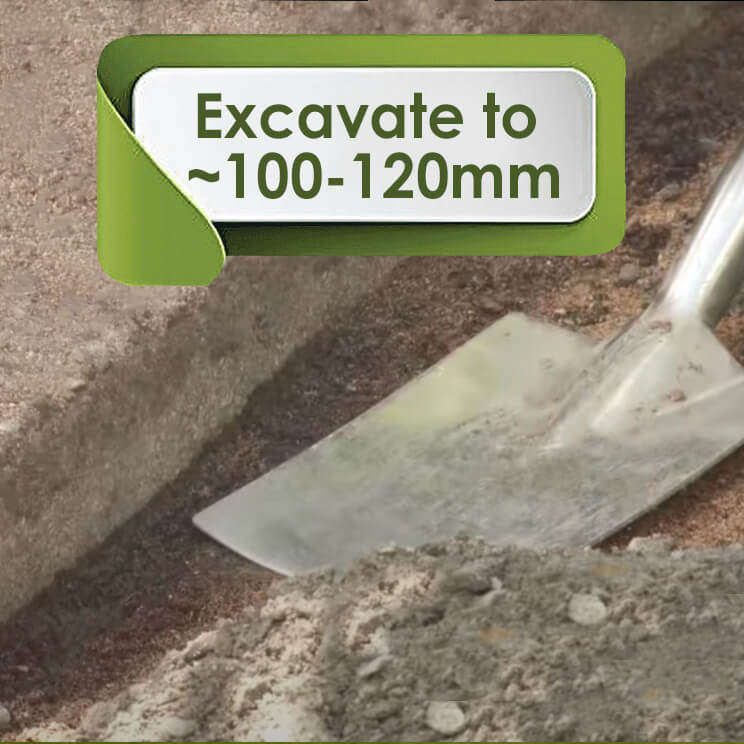
Artificial grass DIY instructions – Excavate to approx. 100-120mm
Remove any existing grass and roots from the area being resurfaced. Decide what level height you would like your grass to sit and make sure the surface is approximately 100mm – 120mm below that level. Pins will be used to secure the grass, so make sure there are no big rocks or concrete within 200mm under the perimeter. This step can be done with a shovel, wheelbarrow and spade. However, if it is a larger area, you might like to hire a grass-cutter.
Apply crusher dust
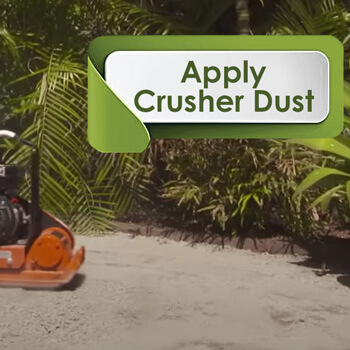
Apply a layer of crusher dust to a minimum compressed thickness of 80mm. This will need to be levelled out, gently sprayed with water and then compacted to create an even, solid surface that sits 20mm beneath the intended final height of your grass. You will need a wheelbarrow, shovel, rake, hose and tamper for this. If it is a large area, a compactor will be much quicker and easier as well as ensure a superior finish.
Step 02: Laying & securing the grass
Identify directional flow
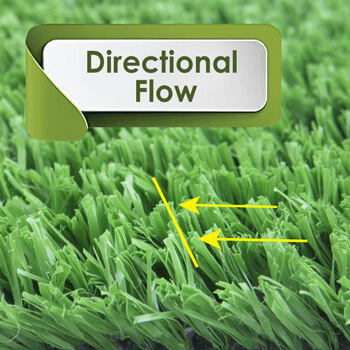
Artificial grass has a directional flow and it always looks its best when the blades are pointing toward you. If street appeal is your priority, have the blades in your front yard pointing toward the street. In the backyard, you will most likely want the grass blades to point toward the house. It is also preferable to have minimal joins. Make sure that the directional flow is consistent when joining lengths of grass together.
Lay the grass
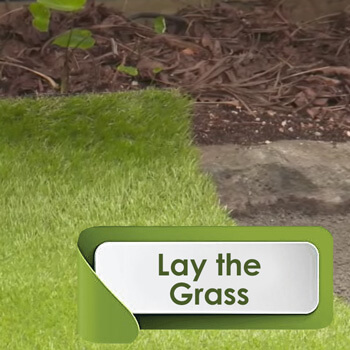
Artificial grass is quite heavy. You may need some help manoeuvring your grass to fit the area. For your first section, roll your grass out in the correct directional flow of blades to cover the largest area possible with the least wastage. You might have to cut lengths to cover the area, but don’t try to cut in the edges until the grass is secured. A utility knife is the easiest tool to use and cutting should be done from the backing side.
Join & secure the grass
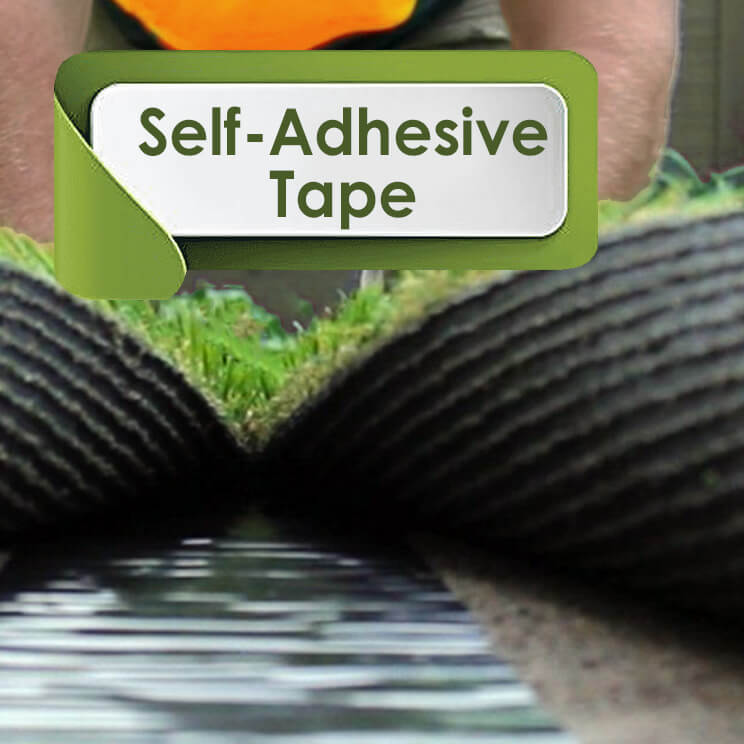
Make sure the base of your grass joins up perfectly, then roll back the two edges and place the self-adhesive joining tape under the centre of the join. Carefully roll the edge back down and apply pressure to ensure it sticks. Down each seam, hammer in a U-pin (one spike on either side of the join) every 500mm.
Cut in the edges
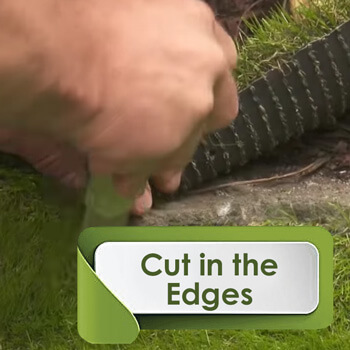
Because Eastcoast Synthetics Pty Ltd only supplies quality grass, it is very tough and durable, making cutting a manually demanding job. Make sure you use a high-quality utility knife and change the blades regularly. For overhanging grass around the perimeter of the area, fold the grass back so that it is in line with the border and mark at intervals where it needs to be cut. Use something straight and solid like a level to use as a guide to make your cuts.
Secure the perimeter
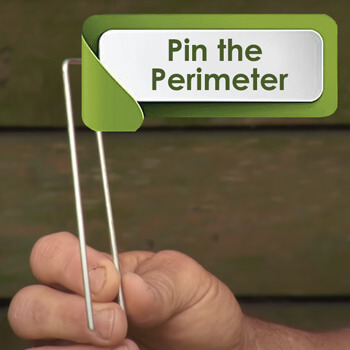
Secure the perimeter with U-pins every 500mm, in corners/angles and around any obstacles you have cut in. Hammer the pins in ¾ of the way and use the spike of another pin to move the grass back that’s leaning over where the pin will go before hammering the last ¼ in. This will ensure the pins aren’t visible.
Step 03: Anchoring & maintaining your lawn
Infill with sand
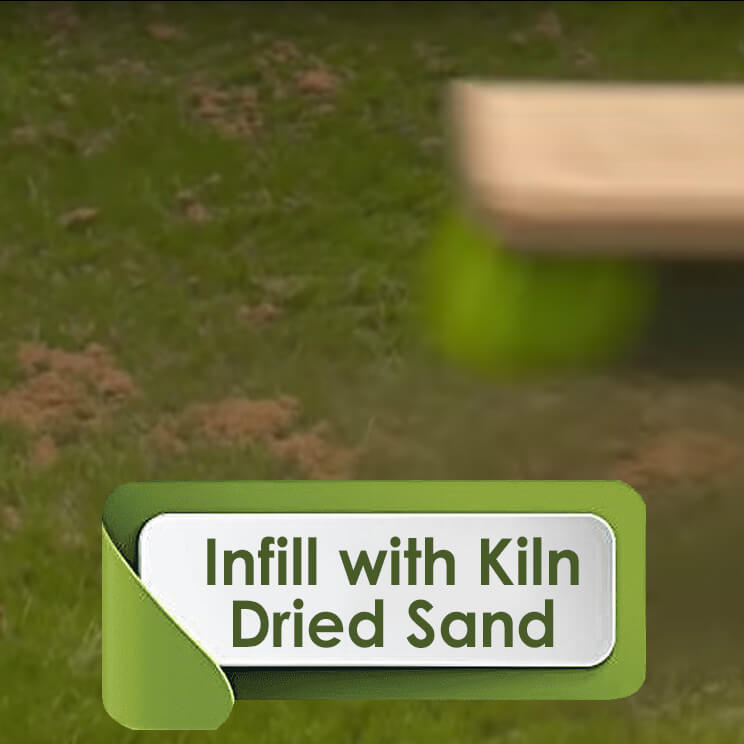
Using a shovel, spread ACI sand evenly over all of the artificial grass and then use a large, stiff broom or power broom to sweep the sand into the base. The sand will help the grass stand up and also weigh it down. It is important to use kiln-dried sand (ACI) for this step for an even layer. For large areas, we recommend hiring a power broom.
Maintenance tips
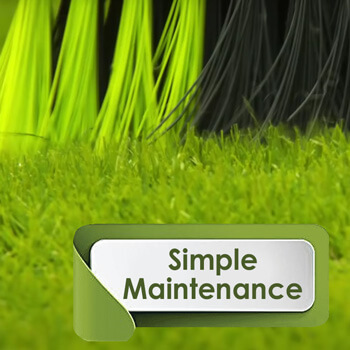
Artificial grass requires minimal but regular maintenance. Please see our maintenance guide (linked below) to get the most out of your new yard.
WE ARE ‘THE ARTIFICIAL GRASS SUPPLIERS’…
Proudly serving the east coast of Australia
Eastcoast Synthetics offers prompt delivery and professionally arranged installation of our commercial-grade artificial grass lines. We service the east coast of Australia, including all major cities, including Sydney, Melbourne, Brisbane, Newcastle and beyond – GET A FREE QUOTE.

